XReco has come up with three different ways to realize virtual studio productions, for professionals and amateurs alike. Learn about one of our news media use cases and the advantages of XReco tools for 3D productions.
Standing in front of or even inside buildings and cultural landmarks, viewing them from all sides without having to be physically there – or without them having to physically still exist? Is this even possible?
Yes! It’s what we in our news media demonstrator.
Our partner Deutsche Welle (DW) integrated 3D models of buildings into a professional journalistic studio and a virtual studio – that’s right: a studio built entirely in 3D! Buildings and places that no longer exist or have been partly damaged, that are too far away or inaccessible, can be brought closer to viewers and shown in their entirety.
Credit where credit is due: Several partners worked together on this demonstrator. News broadcaster DW created the script, organized the collaboration and made tests in one of their TV studios, UPM’s FVV Live technology was used to record the news presenter in 3D, the 3D models themselves were created and optimized with the technologies and skills of UPM, CERTH, i2Cat, Rai and FFP, and, last but not least, our colleagues at Capgemini brought their expertise in using game engine Unity3D to master the virtual studio.
What the News Media Demonstrator is about
The first building DW reconstructed in 3D had been the former Palace of the Republic in Berlin, using helicopter footage from 1991. This time around, they chose to reconstruct the Valentino Arch (or Arch of Triumph), still standing in Turin, Italy. The monument was erected in honor of the Italian artillery corps and inaugurated in 1930. The arch features four reliefs on its exterior inspired by military corps, while in the center is a statue dedicated to Saint Barbara, the patron saint of the bomb squad.
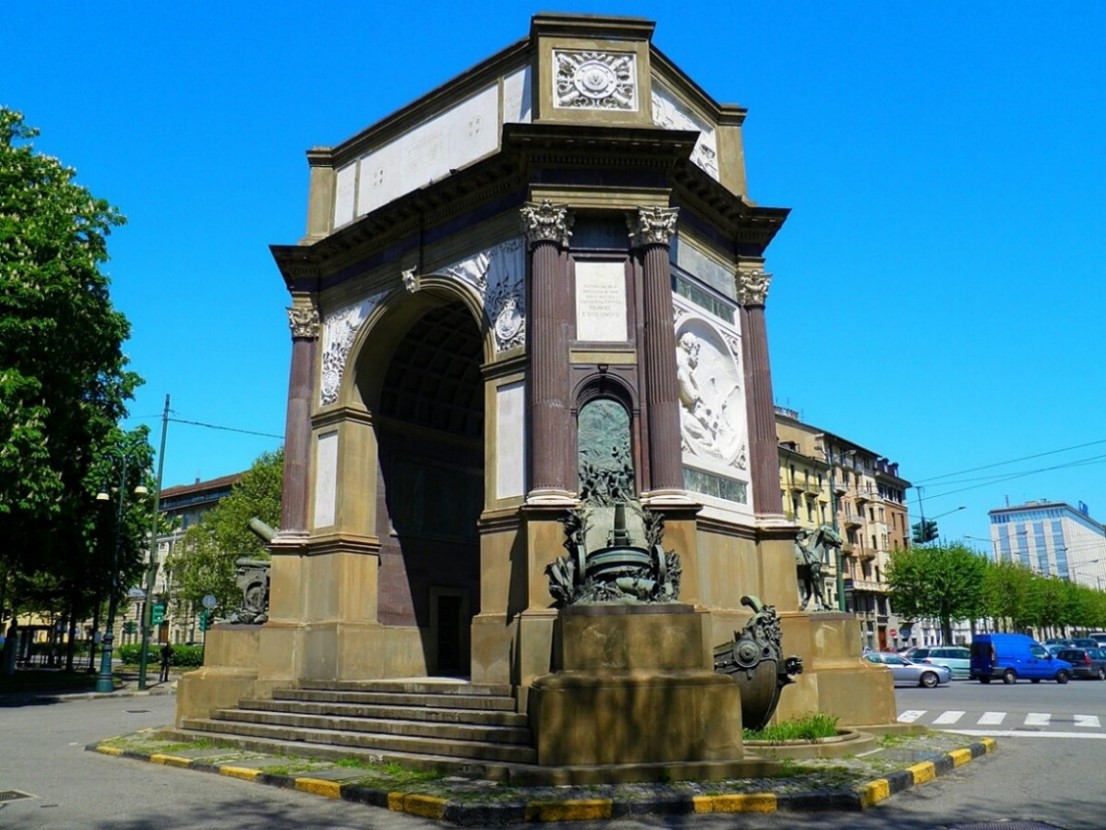
Figure 1: This Arch in Turin was rebuilt in 3D with XReco Technologies.
The reconstruction of the arch is based on a number of 2D photos produced with a regular camera – pretty much any tourist could take them – and turned into a 3D model with the help of XReco’s Structure from Motion (SfM) tool on the XReco web platform.
The goal was to explore how to make the most of the spatial dimension of the model within a virtual production – with different production technologies and budgets. First, we wanted to create a life-sized 3D model of the Valentino Arch as a virtual set and have a news presenter walk through it while talking to the viewer. We chose an open building structure where the presenter can stand inside and even walk through the arch (even though the physical room in the “real world” only allowed for a few small steps).
Moreover, we built an additional virtual studio in which more 3D models of significant monuments, also produced by XReco, are inserted onto a rotating platform and showcased by the presenter. Keep reading to see the results.
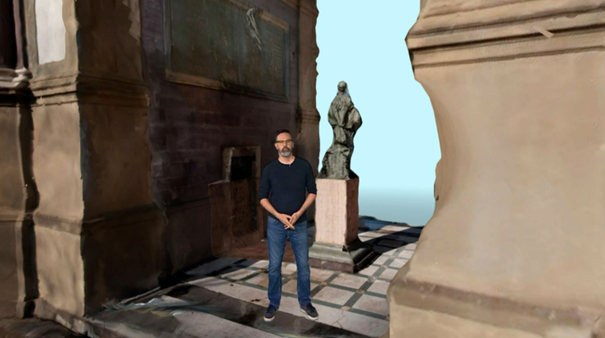
Figure 2: Stand-in-presenter Nico Patz (DW) inside the 3D reconstruction of the Valentino Arch, including a 3D version of the statue of Saint Barbara.
Virtual Production with FVV Live Technology
In May 2024, DW’s Nico Patz went to UPM (Universidad Politécnica de Madrid) to record himself using their FVV Live technology which makes it possible to instantly create a 3D video using multiple cameras that are pointed at a person, an object or a scene. The setup is similar to volumetric capturing with the possibility to remotely control the position of the virtual camera in real time or in postproduction. The result allows a panoramic view of 120 degrees. Later, an editor can pick any view within this range and even show the same scene from different angles of only one recording. Plus, it’s more affordable than a professional journalistic studio. The technology is portable, but already fully set up in Madrid where Nico, standing in front of a green screen, was recorded. In the final result, both the building (the Turin arch) and the presenter are in 3D. The video was then edited in Unity3D.
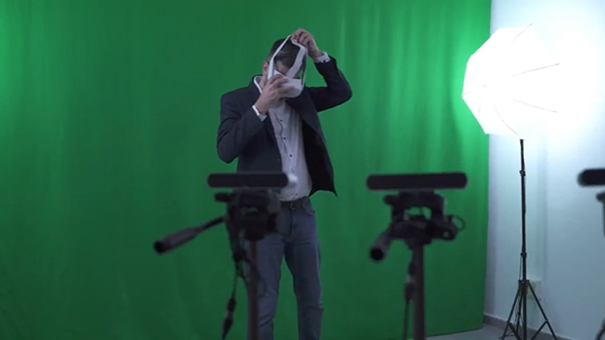
Figure 3: Nico Patz (DW) with a VR headset at the FVV production in Madrid.
Virtual Production with a Journalistic Studio
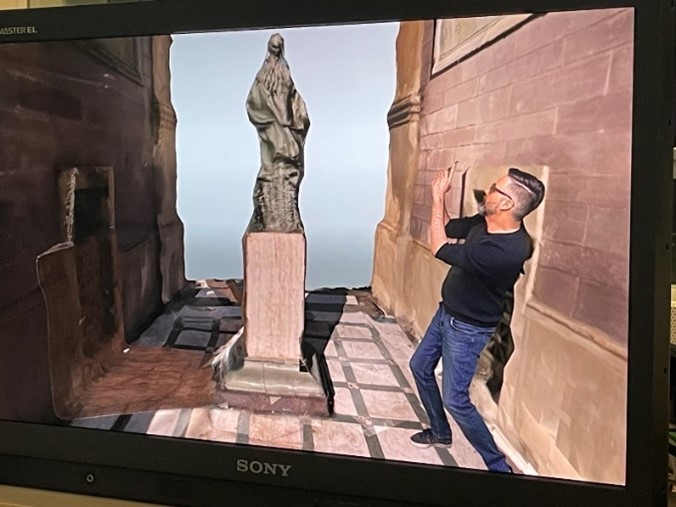
Figure 4: Nico Patz (DW) is placed inside of the 3D model.
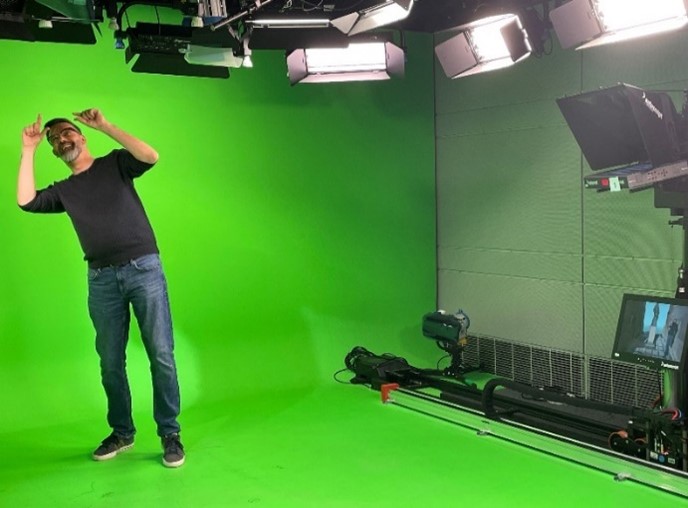
Figure 5: Nico Patz (DW) having fun in front of the green screen.
A month later, the DW team tested whether the process just described would also hold up in a contemporary journalistic production studio at their Bonn headquarters. With the help of the integrated studio VR technology, Nico, stand-in for a news presenter, was again placed “inside” the 3D model of the Valentino Arch, however, this time he stood in a professional TV studio with only one camera pointing at him. Further options for the presenter to use the spatial aspects of the 3D model were explored. On a monitor, Nico could see himself in the 3D Turin arch, walk around the statue of St. Barbara, estimate his own movements in relation to the 3D model and look at it from all sides.
In a fully virtual scene, e.g. in game engine Unity3D, it is also possible to show the arch from a longer distance, birds-eye view and from the side. These freedoms, like a virtual tracking shot around the building, were not possible for a life-sized 3D building in the confined studio space in Bonn. Which brings us to our last Virtual Studio Creation.
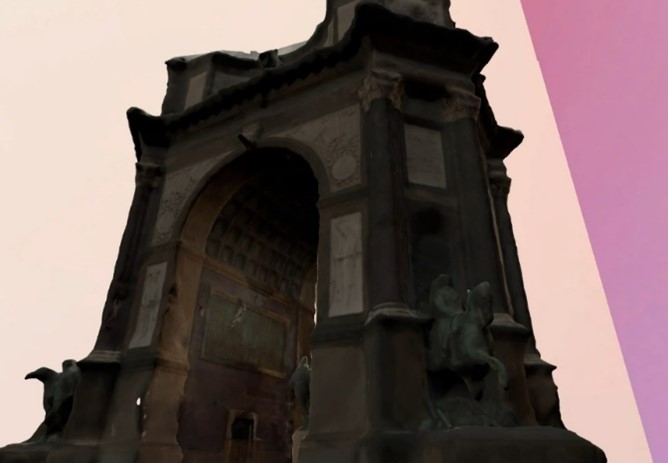
Figure 6: Turin Arch in 3D, close up from below, in Unity3D.
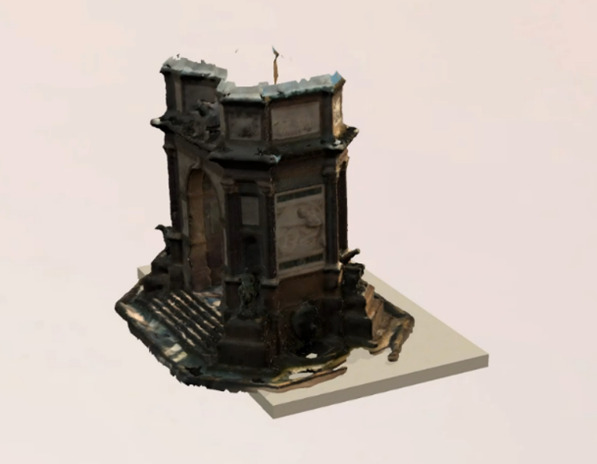
Figure 7: Turin Arch in 3D from a distance, in Unity3D.
Virtual Studio with Unity3D
After exploring the spatial options of larger models, we also wanted to use smaller models in studio presentations, so we went back to our virtual studio in Unity3D. Next to the traditional design of a TV studio, we created a pedestal with a rotating platform where we put 3D reconstructions made with XReco tools: The Basilica Superga from Turin, St George Cathedral from Timișoara and the former Palace of the Republic from Berlin. We placed Nico, the presenter, next to the buildings and had them rotate to utilize the spatial aspect of the models once again, demonstrating the potential of showing 3D objects in a studio presentation. For full flexibility, we tested the use of both 2D and 3D greenscreen videos of Nico in this virtual studio and, to our delight, both worked.
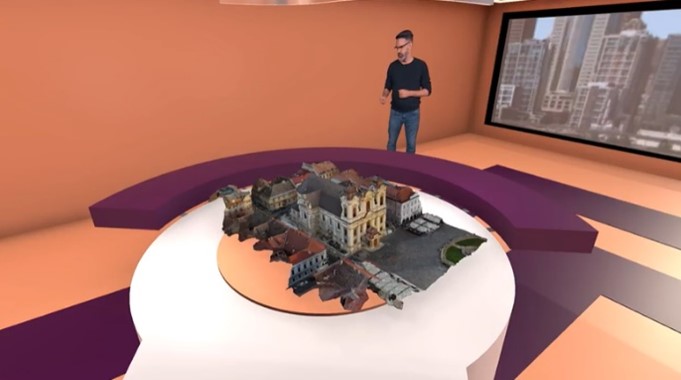
Figure 8: Nico Patz (DW) presenting a 3D recreation of the St George Cathedral (Timișoara) in the virtual studio.
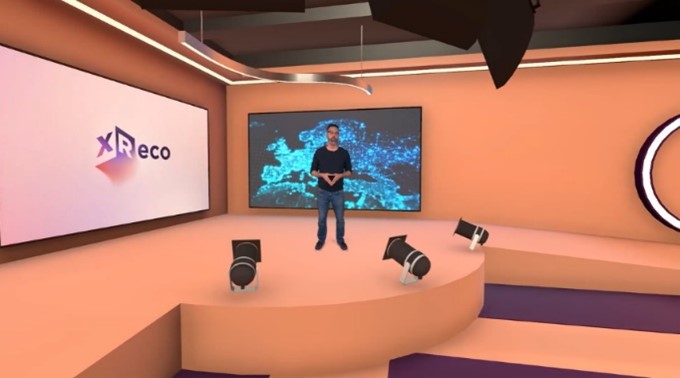
Figure 9: Nico Patz (DW) in the virtual studio.
Advantages of 3D productions
In the end, we tested different types of virtual production, mainly demonstrating the use of XReco’s 3D objects in a physical TV studio as well as the use of 3D greenscreen videos in a virtual studio in Unity3D. The different results are directly comparable and offer users different ways of displaying 3D models depending on their needs. In a traditional journalistic studio production, not much can be changed after a shoot is done, camera angles etc. are as they were recorded. Audio and news presenter performance might be great – but what if the director needs a new camera angle? You would have to start all over again. In a virtual production, however, you can build, rebuild and use different tracking shots and angles in a scene.
Conclusion
Our News Media Demonstrator shows how XReco can support professional high end studio shootings as well as smart, low-cost virtual studio productions.
Watch the videos about the production process.
About Deutsche Welle
Deutsche Welle (DW) is a German public international broadcaster that produces news in 32 languages. Within XReco, DW is responsible for project coordination and is a use case partner creating news media demonstrators.
Authors of this article are Olivia Stracke and Nicolas Patz. Olivia is part of XReco’s News Media Demonstrator team, has worked as a freelance journalist in the past, and wrote her master’s thesis on VR journalism. Nico is one of XReco’s two project coordinators and works as a project manager with a knack for storytelling at DW Innovation.
[1] Image Source: “Torino: arco monumentale all’Arma di Artiglieria (Arco del Valentino)”. Wikimedia Commons: https://commons.wikimedia.org/wiki/File:Arco_del_Valentino_%28Torino%29.jpg. Link to license: CC BY 3.0, https://creativecommons.org/licenses/by/3.0/deed.en. No changes were made.


Follow XReco!